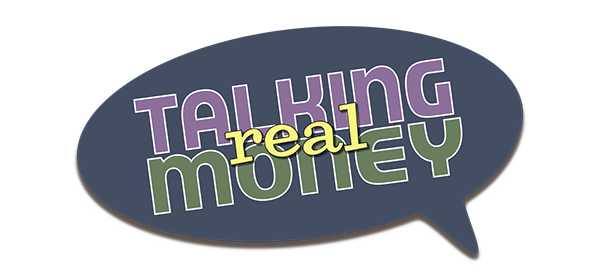Benefits of Bonds
Recently Vestory held a class on money management for retirement. A number of people at the event were expressed concern about investing in bonds because of their certainty that “interest rates are going up”. I always ask someone who says this, “how do you know that interest rates are going up?” The response typically is “because they can’t go lower”. An obvious follow-up question is “when will interest rates rise?” This question stumps thoughtful people, as opposed to “bond experts” featured in the financial media.
Is it inevitable that interest rates are going up? Someday, it’s likely that they will but will rates rise in the next year or two? There is no way to know. Japan is recent example of what has happened to 10-year government bond rates over a fairly long period.
In 1999, the yield on the Japanese 10-year government bond was a little over 2%. It has been consistently under 2% ever since. As of March 17, the yield on the Japanese 10-year government bond was about 0.42%. Contrast that to the current yield on the 10-year US Treasury bond of about 2.06%. This information is meant not as a prediction, only as an illustration that predicting interest rate movements accurately is difficult, if not impossible task.
How confident can you be that U.S. interest rates MUST go up over the next few years?
Since successful financial forecasting has been proven fruitless, by countless academic studies, what should the near-retiree or any investor do with their investments? The tried and true answer is to develop a well-thought-out financial plan and then execute it. Such a plan balances needs versus wants, spending and income, and risk versus return.
What role do bonds play in a portfolio, especially for someone living off of their investments? Bonds are critical in reducing the volatility of a portfolio. The following hypothetical scenario illustrates the point:
It is March of 2008, and Joe is retiring. Joe currently has most of his money in stocks. (It is not uncommon for people that we talk with, nearing retirement, to have most of their money in stocks. It is also not unusual that people don’t even know how much of their portfolio is invested in stocks). What Joe doesn’t realize is that his globally diversified stock portfolio will lose 51.3% of its value ($1,000,000 decreased to $487,000) over the next 12 months. Hopefully, Joe had access to a great cardiologist!
Contrast that with Jamie. She also retires in March of 2008 with a $1,000,000 portfolio. Jamie however built a portfolio with 50% of the money in a globally diversified stock portfolio and 50% of the money in short-term to intermediate-term government bonds. Over the next 12 months Jamie’s portfolio lost 25.1% of its value ($1,000,000 decreased to $749,000). Jamie was likely disturbed by the drop but the bonds in her portfolio mitigated the losses.
Don’t ignore the overall value that high quality short to intermediate bonds add to a portfolio. They exist to dampen the volatility of a well thought out portfolio just when investors need that stability.
